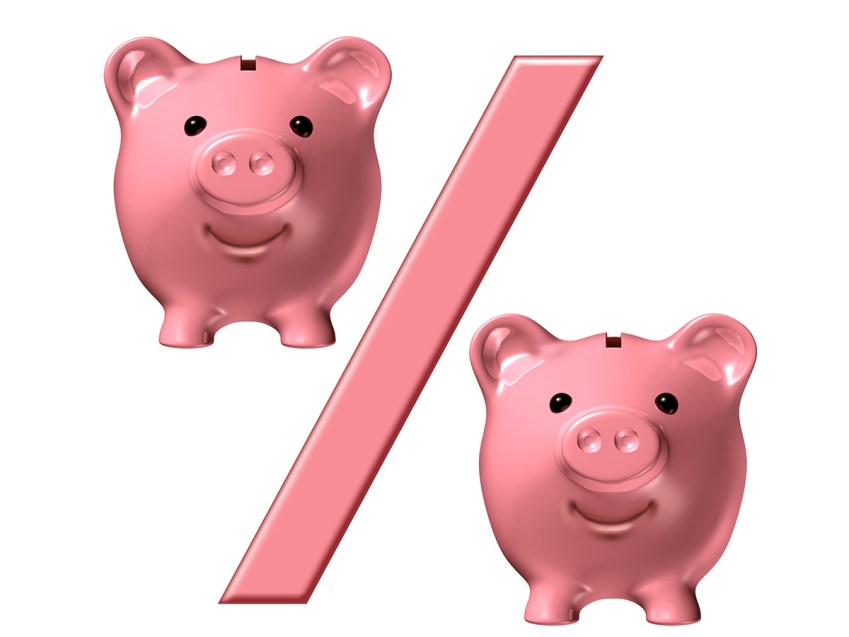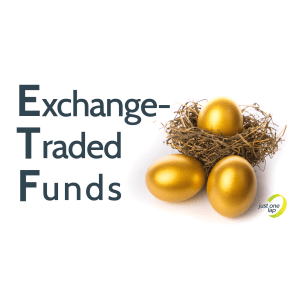[ad_1]
RSA Retail Savings Bonds
This weekly column is always about Exchange Traded Funds (ETFs) – but not this week.
I want to dig into another investment vehicle – RSA Retail Savings Bonds. These offer great returns in a couple of different flavours, with the five-year term currently offering 11%.
Bonds – tell me more
Bonds are really just debt instruments. In this case, you’ve lent money to the SA government and they promise to pay a set interest rate and return your capital at the end of the term.
With these retail bonds, you’re buying in the primary market, so there is no risk of capital loss (well, see below).
How safe is the money?
I would say very safe, practically 100% safe.
Sure, the government could default on the debt, but that’s very unlikely for two reasons:
Firstly, these retail bonds are a very small part of the overall government debt, so defaulting on them would not save much money.
Secondly, governments very seldom default on debt issued in their sovereign currency, as they own the printing press. Essentially they can print as much money as they need to pay the debt. Yes, this would weaken the currency and create inflation. But refer back to point one: for government this is far from onerous debt, and they’ve never defaulted before.
So what are the different flavours?
There are three different types.
Fixed term of either two, three or five years with different rates – currently the longer the term, the higher the rate.
The second is an inflation-linked bond which increases your capital by CPI every six months, and then pays fixed interest on your new capital amount. These are fixed terms for three, five and ten years. With this bond, you get a lower interest rate, but as your capital is increasing every six months, it is keeping up with the dreaded inflation.
The third option is a top-up bond with no fixed term. You can add savings to this ad-hoc, but the interest rate is lower. Starting amount is R500 and there after minimums of R100.
Fixed? What if I need the money or rates go up?
After one year you can cancel the bond and receive your capital back. But you will forfeit any interest due that has not yet been paid. If you wish to exit within the first year you need a very good excuse, but they will consider it.
If after the first year, interest rates have increased, you can reset the bond at the new rate, but be warned – the term will also reset.
How do I buy them?
Head over to their website, which is not the best in the world but it works, even if it is a bit clunky. Have faith.
Reinvest or payout?
You can elect to reinvest the interest or receive it paid out. The payout can be monthly, although normal payout or reinvesting happens twice a year.
When and how do rates change?
This is tricky. Many assume that these bonds track the repo or prime interest rate. And to be fair, we’ve recently seen the bond interest rate rising along with the increase in prime interest rates. But in 2020, when rates were cut to generational lows of 7%, the five-year rate on these bonds hit 11.5%.
The rate actually tracks the government bond rate in the market. As that rises (or falls) so will this rate, resetting on a monthly basis.
This is important. Every month the new rates are published and if you buy you’re locked in for the term (subject to the above). The following month new rates will be published which may be higher or lower – but your rate is fixed.
Fees
Zip, nada, nothing. Our favourite fee.
Tax?
Yip, there is tax to pay. You are receiving interest and it’s added to your income and taxed accordingly. That said, the first R23,800 of interest is exempt from tax and if you’re older than 65, the first R34,500 is exempt from tax.
Can I use them in a tax-free account?
Nope, not an option.
Lastly, my wife bought some in April 2020 when the five-year term was 11.5%. So far it’s been a painless experience. Interest gets paid, documents get emailed (or downloaded), and we’re very happy with them.
That said, they’re only for a part of your portfolio. Don’t panic about horror markets and dump everything into these savings bonds. Sure the current 11% is very attractive, but remember, in the long-term equity markets will always beat bonds.
ETF blog
At Just One Lap, we are big fans of passive investment using ETFs. In this weekly blog, we discuss ETFs on the local market and the factors you need to consider when choosing an ETF. If you have wondered how one ETF differs from another, this is where you can find out. We explain which index each ETF tracks, what type of portfolio could benefit from holding each ETF, and how the costs will affect your bottom line.
[ad_2]
Image and article originally from justonelap.com. Read the original article here.



